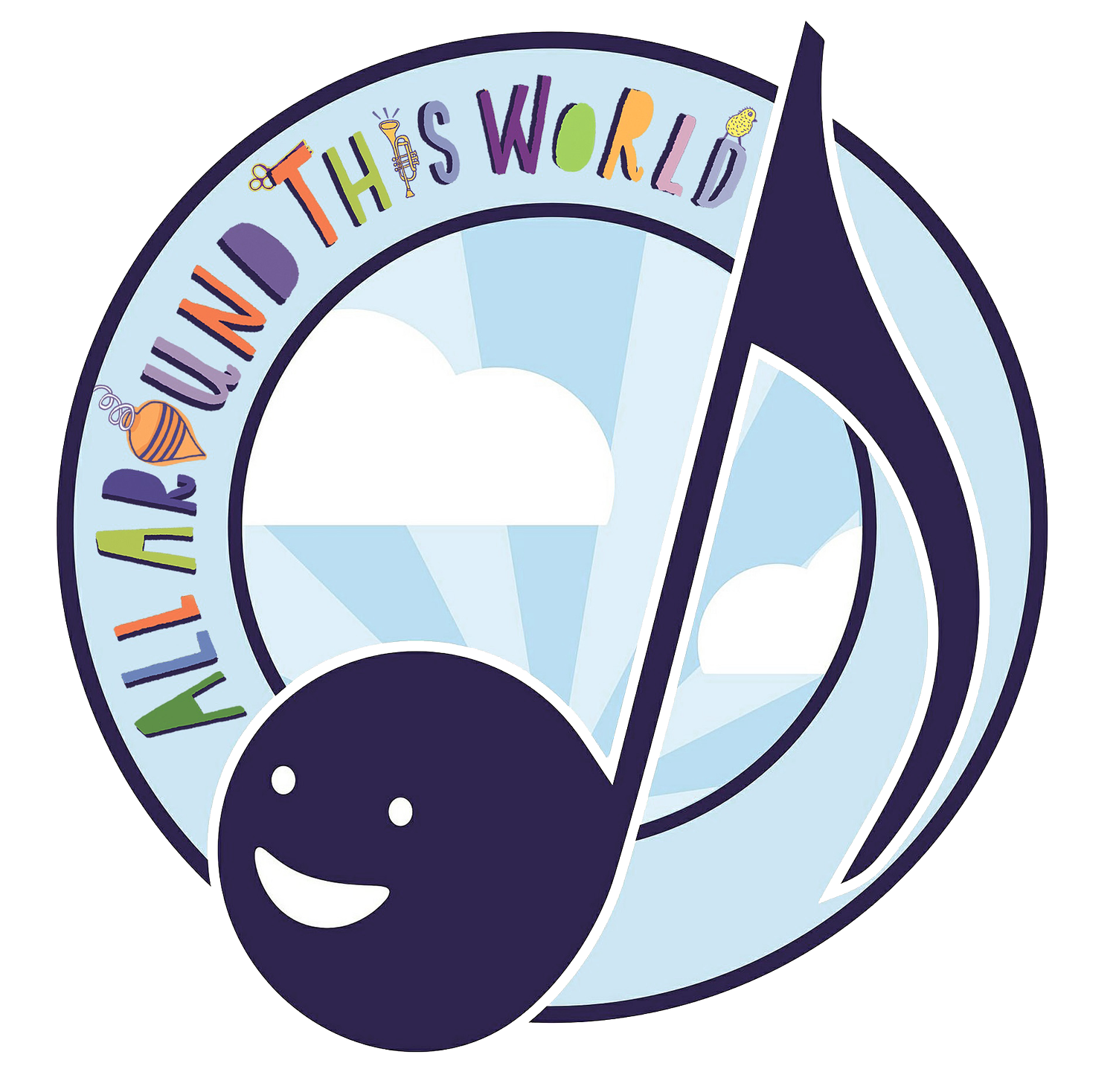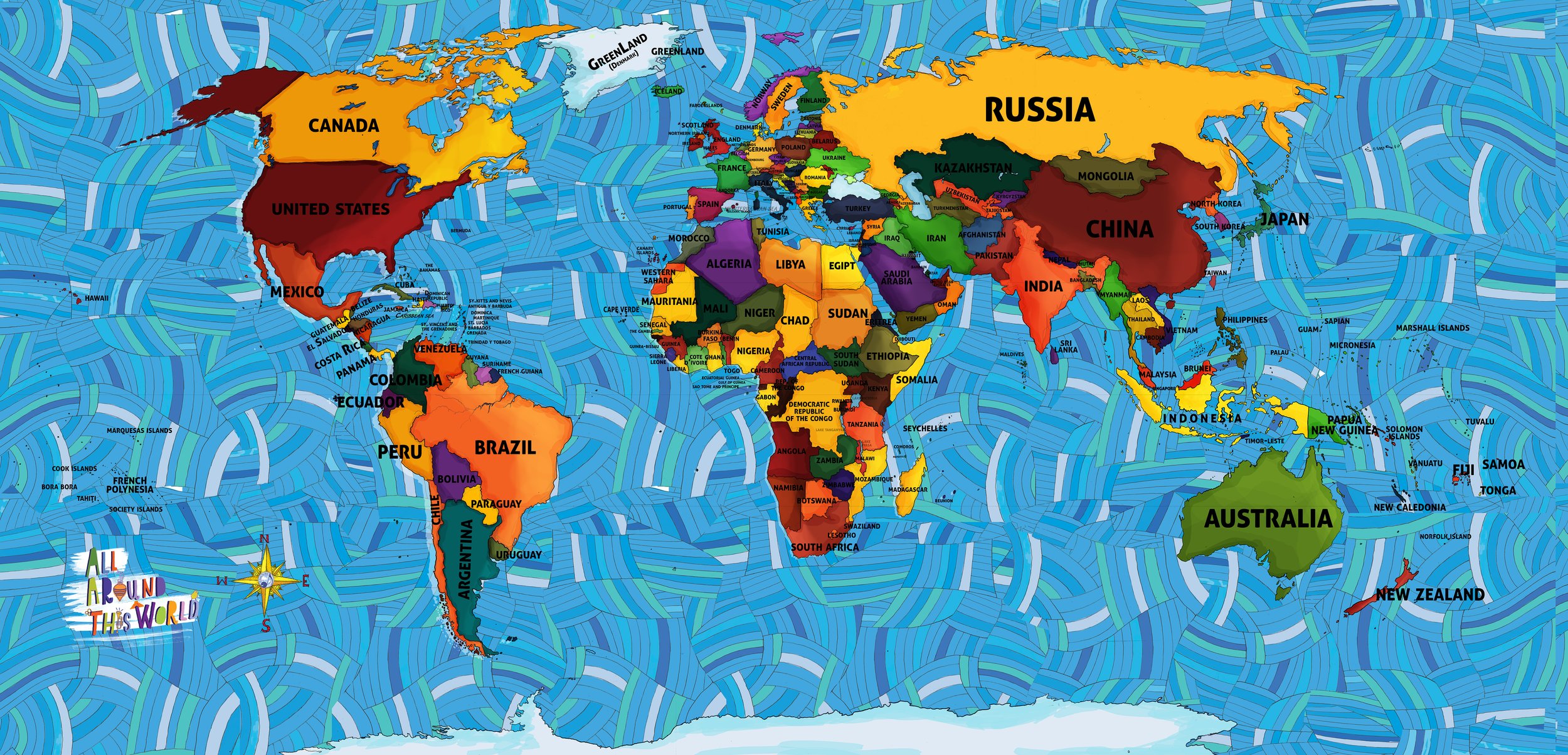THE CARIBBEAN THE BAHAMAs
This week in our classes we're not only lucky enough to be going to the beautiful Bahamas, but we have the honor of marching into the street, drums in hand, to celebrate freedom.
We do this knowing that freedom was not exactly in the forefront of the minds of the Bahamas' non-indigenous visitors. When Christopher Columbus took his first footsteps in "the New World" in these islands he and subsequent early Spanish visitors met the Taino/Lucayan people. This "discovery" was a major moment in world history. It was also pretty important to the Taino/Lucayans, as afterward the Spanish removed them from the Bahamas and sent them into slavery on Hispaniola. By the time the British arrived in 1650 very few, if any, of their descendants remained. After the American Revolutionary War thousands of pro-British former colonists moved to The Bahamas with their slaves to set up plantations. When the British abolished their slave trade in 1807 the Royal Navy liberated many Africans from slave ships and settled them in the Bahamas, – a chain of 700 islands and more than 2000 small, sandy pieces of land, perched on coral reefs, called “cays”: – . They are the ancestors of about 85% of today's Bahamians.
The Bahamas became independent from the British in 1973. Today, tourism accounts for about half of the economy of The Bahamas, with offshore finance attracting substantial investment from international money-hiders. Though relatively well-to-do compared to their Caribbean neighbors, most Bahamians aren't able to enjoy the lifestyle of the tourists who power their economy.
IN CLASS WE…
EXPLORE THE CARIBBEAN WITH…
-

-
DANCES, HOLIDAYS AND FUN!

THE CARIBBEAN
ALL AROUND THIS WORLD’S SONGS AND LESSONS
Click on the map to meet any region of the world.



